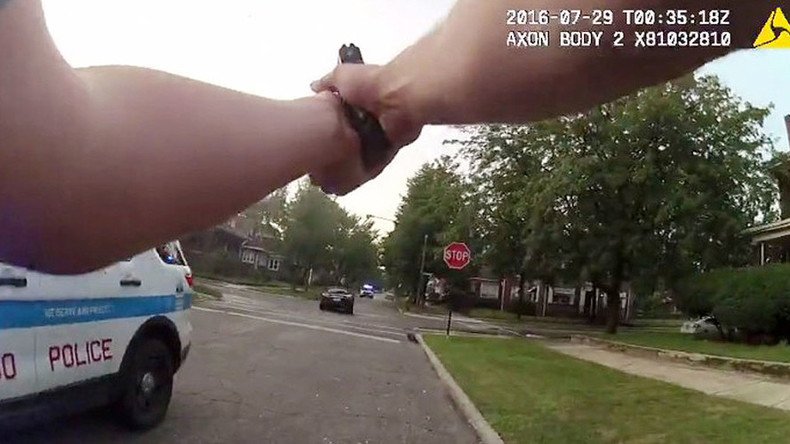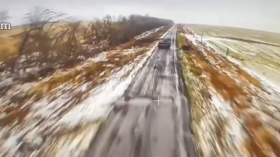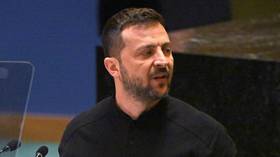Illinois' felony murder rule is covering up police crimes — report

An investigation into 10 recent Chicago criminal cases unearthed the extraordinary reach of the state’s “felony murder rule,” which is being used to cover up police crime, as well as prosecute and incarcerate the innocent, according to a report.
“Among the ten recent felony murder cases…three stem from police officers firing at fleeing vehicles in apparent violation of the department’s ‘deadly force’ policy, which since February 2015 has forbidden the practice,”according to findings by the Chicago Reader.
The revelation came while investigating the case of Tevin Louis, who was charged and convicted of the murder of his friend, Marquise Sampson, even though Sampson was fatally shot by police on Chicago’s South Side.
Louis and Sampson had allegedly robbed a local gyros shop of approximately $1,250 on June 8, 2012, when Louis ran from the restaurant. Sampson then crossed paths with police, who chased him for a quarter of a mile before Officer Antonio Dicarlo claimed the teen pointed a gun at him. Dicarlo then shot him in the shoulder, chest and back, according to the Cook County medical examiner’s autopsy and the Chicago Police Department’s own report.
#Illinois student drivers to be trained on handling #police traffic stops https://t.co/5ayaBOl3vQpic.twitter.com/8u94S9aULi
— RT America (@RT_America) August 6, 2016
Louis was arrested for disorderly conduct when he tried to cross the police line to be with his dead friend.
“Following Louis’ initial arrest, the charge of disorderly conduct evolved to include robbery and first-degree murder,” stated the Chicago Reader. “In the subsequent month, he was found guilty of each.”
What reporters discovered was that under Illinois’ criminal code, the legal doctrine known as the “felony murder rule” lead to the prosecution of a suspect, if while committing a felony, “a person can set in motion a chain of events that lead to the death of another person.”
Louis refused to take a plea deal on the murder charge, went to trial and a jury found him guilty. He was later sentenced to 32 years in prison for armed robbery and an additional 20 years for the killing of Sampson.
The investigation found Louia’ case was no anomaly. There were nine other cases in the past five years in which “killings by Chicago Police Department and Cook County sheriff’s officers have resulted in felony murder charges for civilians.”
A FOIA request from the Citizens Police Data Project found that CPD officer Dicarlo at the center of the case had 21 misconduct complaints, among them were for excessive force, unnecessary physical conduct, illegal search, illegal arrest and “five separate incidents of failure to provide service.”
The city settled two civil lawsuits against officer Dicarlo for a total of $55,000, including one in which he beat a man so badly, it caused bleeding in the head. In that instance, he tried to convince his colleagues not to call an ambulance, and then lied to a health-care provider about how the man sustained the injuries.












